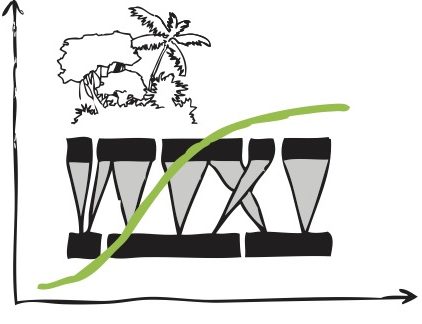Dynamics of tree seedling-herbivore interactions during forest recovery
PIs: Nina Farwig (U Marburg), Katrin Heer (U Marburg), Sybille Unsicker (MPI-CE Jena), David Donoso (Esc. Politéchnica Nacional), Maria-José Endara (U de las Américas)
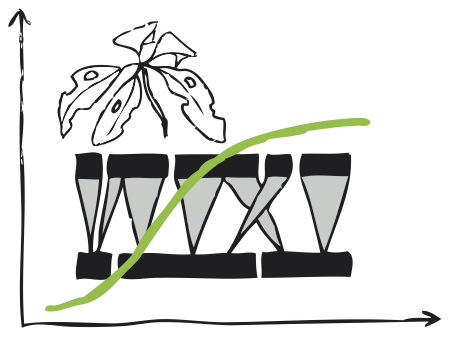
Within the research unit “Reassembly of species interactions networks”, the subproject SP5 “Dynamics of seedling recruitment and tree seedling–herbivore interactions during forest recovery” focuses on seedling recruitment and seedling–herbivore interactions. Both, seedling recruitment and seedling-herbivore interactions will be monitored in all plots across the forest recovery chronosequence. Species-specific morphological and chemical traits such as leaf thickness or leaf metabolites will be characterized and leaf herbivory quantified. An experiment on seed rain and seedling recruitment will help to quantify the functional contribution of different components of the seed dispersal network and their responses to perturbation. Seed rain and seedling recruitment are expected to differ depending on seed size and dispersal syndrome of the seedling species. Functional traits of seedlings will be related to leaf herbivory as well as the structure of seedling-herbivore networks and their dynamics in recovering forests.
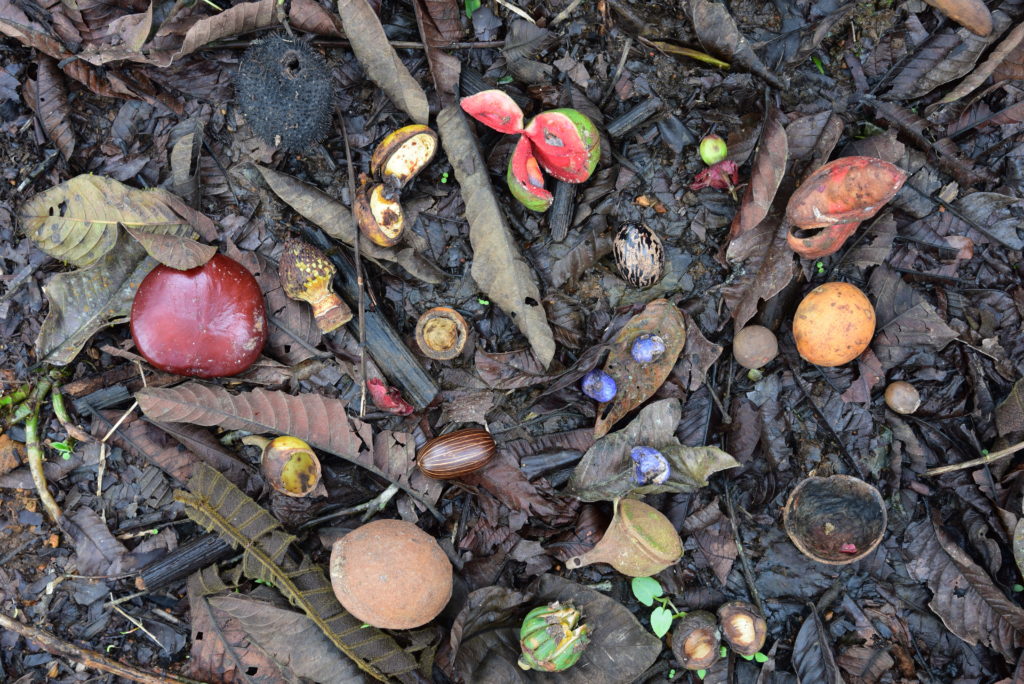
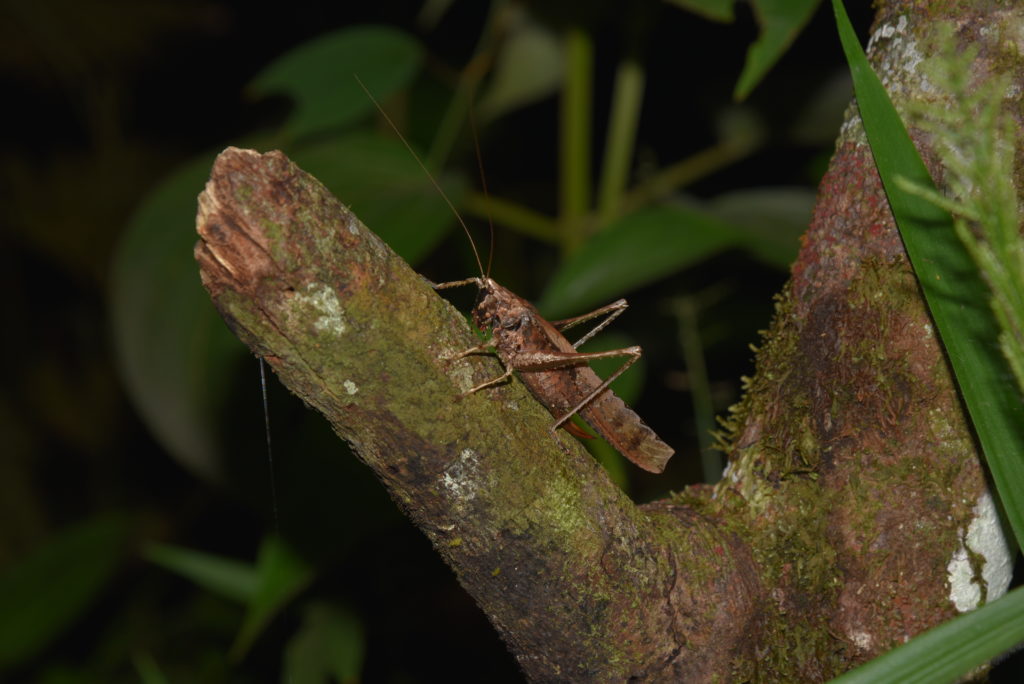
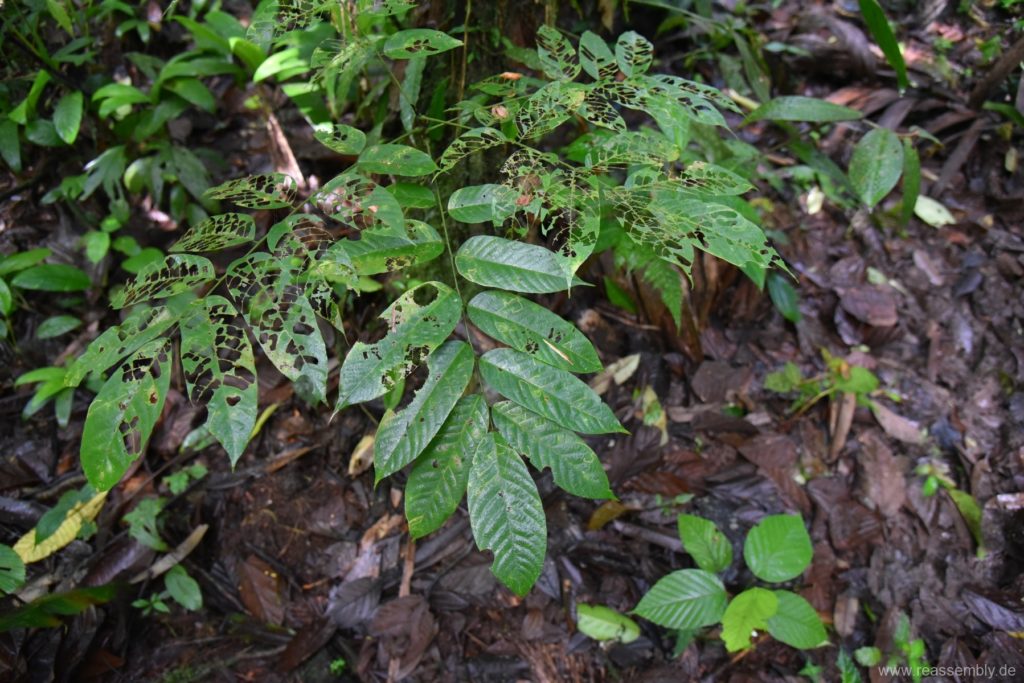
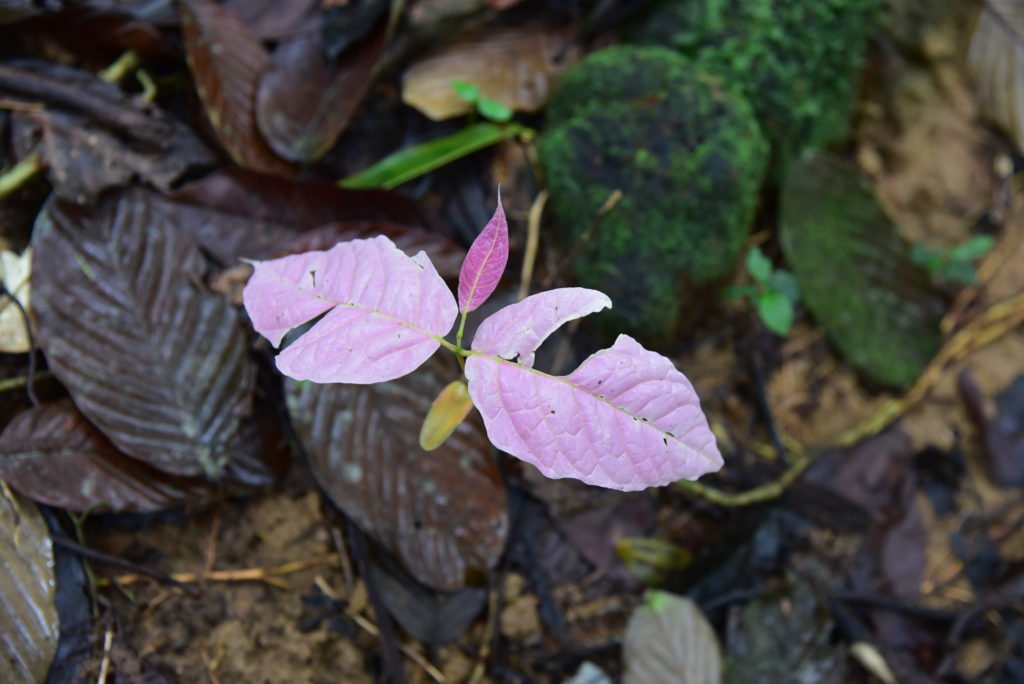
Selected references:
- Albrecht J, Hagge J, Schabo DG, Schaefer MH, Farwig N. 2018. Reward regulation in plant-frugivore networks requires onlyweak cues. Nature Communications 9, 1-11.
- Botzat, A, Fischer L, Farwig N. 2013. Forest fragment quality rather than matrix habitat shapes herbivory on tree recruits in South Africa. Journal of Tropical Ecology 29, 111-122.
- Botzat A, Fischer L, Farwig N. 2015. Regeneration potential in South African forest fragments: extinction debt paid off or hampered by contemporary matrix modification? Plant Ecology 216, 535-551.
- Boeckler GA, Gershenzon J, Unsicker SB. 2013. Gypsy moth caterpillar feeding has only a marginal impact on phenolic compounds in old-growth black poplar. Journal of Chemical Ecology 39, 1301-1312.
- Clavijo McCormick, A., Irmisch S., Reinecke A., Boeckler G.A., Veit D., Reichelt M. Hansson BS, Gershenzon J, Köllner TG, Unsicker SB. 2014. Herbivore-induced volatile emission in black poplar: regulation and role in attracting herbivore enemies. Plant Cell Environ 37, 1909-1923.
- Gelmi-Candusso TA, Slana D, Zarata-Gomez R, Heymann EW, Heer K. 2019. Estimating seed dispersal distance: a comparison of methods using animal movement and plant genetic data. Ecology and Evolution 9(16), 8965-8977.
- Heer K, Kalko EKV, Albrecht L, García-Villacorta, R, Staeps FC, Herre EA, & Dick CW. 2015. Spatial scales of genetic structure in free-standing and strangler figs (Ficus, Moraceae) inhabiting neotropical forests. PloS One 10, e0133581.
- Heymann EW, Culot L, Knogge C, Smith AC, Tirado Herrera ER, Stojan-Dolar M, Lledo Ferrer Y, Petra Kubisch, Kupsch D, Slana D, Koopmann ML, Ziegenhagen B, Bialozy R, Mengel C, Hambuckers J, Heer K. 2019. Small Neotropical primates promote the natural regeneration of anthropogenically disturbed areas. Scientific Reports 9, 10356.
- Peter F, Berens DG, Farwig N. 2014. Effects of local tree diversity on herbivore communities diminish with increasing forest fragmentation on the landscape scale. PloS One 9:e95551.
- Unsicker SB, Baer N, Kahmen A, Wagner M, Buchmann N & Weisser WW. 2006. Invertebrate herbivory along a gradient of plant species diversity in extensively managed grasslands. Oecologia 150, 233-246.
